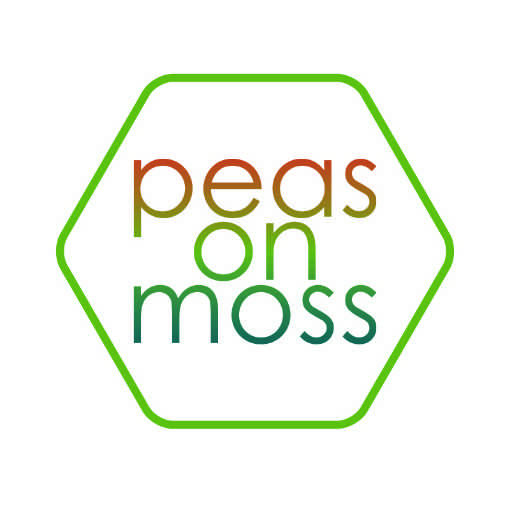As you look at the length of the list of foods to avoid, you should be somewhat comforted. Other than basic bread foods, the rest of the items are all processed items, and they’re often higher in sodium, fat, and calories that you don’t need to eat anyway. Look to wholesome, fresh, unprocessed foods, and you’ll see that you have plenty of foods to choose from.
Things you can eat:
Naturally wheatless, rye-less, barley-less foods
Flours made from almonds, rice, corn, and flour
Starches made from corn, potato, and tapioca
Pasta made from rice or quinoa
Quinoa (pronounced “keen-wa”)
Millet
Amaranth
Corn
Rice, brown rice, black rice, jasmine rice, basmati rice, sushi rice
Potatoes
Squash
Fruits
Vegetables
Nuts
Legumes or beans
Meat
Dairy products (be careful of yogurts or thickened foods)
Certified gluten-free foods
Wheat-free foods (if you’re not celiac, then barley and rye might be acceptable in your diet)
The gluten-free diet can definitely seem complicated and scary, but if you’re ill, you’ll probably do anything to get better. I use various sources for ingredients and recipes. They’re listed below.
Pamela’s Products – flour, cake mixes, baking mix for quickbreads
Tinkyada Pasta Joy – rice pasta
Bob’s Red Mill – flours made from different grains
Betty Crocker – cookie and cake mixes
Pacific Foods – soup mixes (check ingredients and labeling, because some contain gluten)
The Gluten Free Girl
The Gluten Free Goddess
Practical tips for living gluten-free

When you switch to a gluten-free diet, consider learning to make more wholesome food rather than simply finding packaged substitutes to packaged foods you already ate. This is your opportunity to improve your diet greatly. Shop for whole, unprocessed foods before looking for packaged foods. This will help you stay within your food budget and will allow you to explore new whole foods. Try a new food each week to keep from boredom.
Whenever a gluten-free food, especially a baked item, goes wrong, don’t throw it out (unless it’s particularly awful). If the bread didn’t rise or if the cookies crumbled everywhere, make parfaits and trifles. Crumble up crackers and bread into breading and crumb mixes that can be incorporated into other dishes. Laugh a lot. Turn to a mix as you become comfortable with cooking gluten free. Throw out a lot of the rules that you knew with dealing with wheat breads, like kneading and stirring, and follow recipes that have already been created to be gluten free.
Look for restaurants that offer gluten-free menus and don’t be afraid to talk to the service staff or manager about your dining options. Educate them about contamination, and simply ask them to use clean dishes, tools, and equipment when they prepare your meal. Call ahead if you know you’ll be dining somewhere, and don’t dine during the busiest times to avoid accidental contamination or mistakes in meal preparation. Find restaurants, cafes, and food service establishments that specialize in gluten-free cooking. You can find a list on the
Gluten Intolerance Group and on different gluten free travel websites.
 Pictures from these blog posts:
Pictures from these blog posts:
Wheatless in Seattle, Seattle (Iced Chai and grain bagel)
Flying Apron Bakery, Seattle (Cinnamon roll)
Chez Machin, Portland (Fruit and Lemon Crepe, Roasted Bell Pepper Crepe)
Miro Tea, Seattle (Kombucha looks like beer, but it’s good for you!)
 When you switch to a gluten-free diet, consider learning to make more wholesome food rather than simply finding packaged substitutes to packaged foods you already ate. This is your opportunity to improve your diet greatly. Shop for whole, unprocessed foods before looking for packaged foods. This will help you stay within your food budget and will allow you to explore new whole foods. Try a new food each week to keep from boredom.
When you switch to a gluten-free diet, consider learning to make more wholesome food rather than simply finding packaged substitutes to packaged foods you already ate. This is your opportunity to improve your diet greatly. Shop for whole, unprocessed foods before looking for packaged foods. This will help you stay within your food budget and will allow you to explore new whole foods. Try a new food each week to keep from boredom. Pictures from these blog posts:
Pictures from these blog posts:

Recent Comments